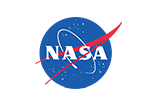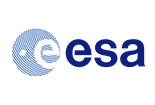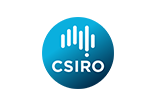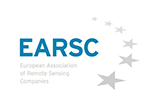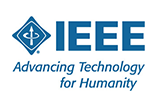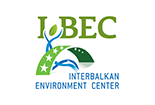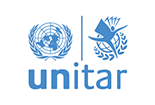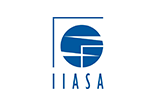NASA’s Equity and Environmental Justice Program Helps Ensure Earth Observations Benefit All Communities

Erika Lisco is a master’s student in Geographic Information Science (GIS) at Clark University, graduating in December 2024. As a fall Equity and Environmental Justice (EEJ) intern with NASA, she contributed to outreach and engagement, climate adaptation, and communications efforts. Her interests are in utilizing geospatial technology to address climate change, enhance community resilience, and support environmental conservation.

Sarah Swiersz is a graduate student in the Interdisciplinary Studies M.A. program at the University of Central Florida, where she focuses on climate loss & damage policy, environmental resource conflict resolution, and climate justice. As an intern with NASA’s Equity & Environmental Justice (EEJ) program, Sarah has focused on identifying EEJ priorities in NASA climate risk analyses.
What is NASA’s Equity and Environmental Justice (EEJ) Program?
NASA’s Equity and Environmental Justice (EEJ) program focuses on the role Earth observations (EO) can play in supporting and informing communities. More specifically, the effort includes working with community partners to understand their needs, the feasibility of EO in addressing these needs, and the ways EO can be integrated. This work is in direct alignment with Sustainable Development Goal (SDG) 13, as it helps communities across the U.S. make informed decisions about issues such as climate mitigation, adaptation, etc. Since the program is focused largely on community outreach and providing information, it aligns more specifically with Sustainable Development Goal 13.3, which highlights the value of knowledge and capability in addressing and responding to climate change.

Communication on Climate Change Awareness and Action
A priority of NASA’s EEJ program is to utilize communication materials to broaden awareness around equity and environmental justice initiatives at both NASA and beyond. One of these methods of communication is monthly newsletters. Anyone can subscribe to the program’s newsletter, which serves to provide key updates on upcoming conferences and funding opportunities.
Funding Equity and Environmental Justice Related Research and Partnerships
Research Opportunities in Space and Earth Science (ROSES) is the annual research solicitation process for NASA’s Science Mission Directorate (SMD). In addition to communication materials, another priority of the program is to support community-based research initiatives such as projects funded in the 2023 NASA A.47 ROSES solicitation. These projects address priorities like access to green spaces, light pollution, flood risk, air quality, and extreme heat through the co-creation of geospatial tools with community partners to inform decisions, actions, and policies.

One of NASA’s EEJ Program interns, Erika Lisco, also recently initiated a portfolio analysis to highlight the goals, intended impacts, and community partnerships of each project. Future steps for this work include expanding its application to projects funded in the 2022 A.49 ROSES Solicitation, which called for landscape analyses, community-based feasibility projects, and data integration projects creating geospatial tools.
NASA Collaborations to Advance EEJ
The third core activity of NASA’s EEJ program, is the solicitation of recommendations from community partners to improve NASA tools and trainings. It is the intent for this community input to allow for broader use of EO data. An example of this includes the funding of landscape analyses that request feedback on the accessibility and limitations of remote sensing trainings offered by NASA such as the Applied Remote Sensing Training Program (ARSET). A second example is the partnership with the NASA Climate Resilience (CR) program. In an effort to strengthen this partnership, Erika Lisco collaborated with CR and the NASA Climate Adaptation Science Investigators (CASI) Workgroup that used EO data to create a comprehensive climate report card for Kennedy Space Center (KSC) in Florida. Additionally, NASA’s second EEJ program intern, Sarah Swiersz, also outlined a landscape analysis of equity and environmental justice related priorities for engaging the communities surrounding KSC with the climate report card. This work serves as a bridge for meaningful collaboration between KSC and local stakeholders to strengthen collective preparedness against climate change.

Connect and Grow With EEJ
NASA’s EEJ program is working to center equity and environmental justice in the use of EO data to accomplish SDG 13, urgently addressing climate change. To learn more about the NASA EEJ program, you can view their website. As mentioned above, you can also subscribe to their monthly newsletter, if you would like to stay informed on key updates, such as upcoming conferences and funding opportunities.
Date Published: December 23rd, 2024



